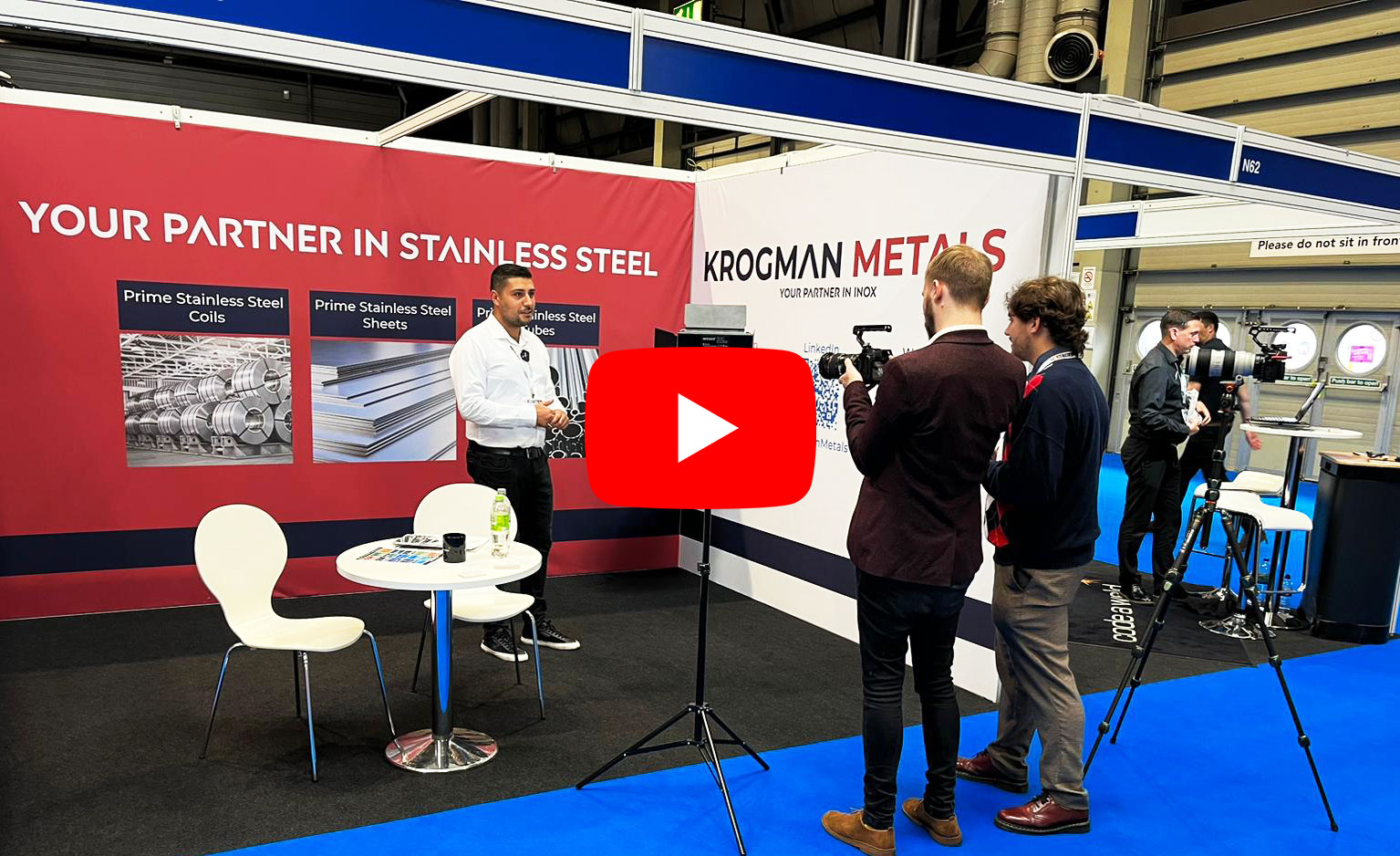08-Nov-2023
In the world of stainless steel, passivation stands as an unsung hero, a meticulous procedure that elevates the material's innate qualities, particularly its suitability for food-grade safety.
- Cleaning: The journey begins with a thorough cleansing of the stainless steel surface, ensuring it's free from dirt, grease, scale, and other contaminants.
- Rinsing: After cleaning, the stainless steel undergoes a clean, deionized water bath to remove any lingering remnants of cleaning agents and contaminants.
- Acid Treatment: It typically involves a diluted nitric acid solution. Nitric acid's unique capability lies in its ability to dissolve iron and iron compounds without affecting the stainless steel itself.
- Passivation Bath: The acid-treated stainless steel is then immersed in a passivation bath, often also utilizing a diluted nitric acid solution. This bath serves as the final touch, facilitating the formation of a protective chromium oxide layer. This layer is the secret ingredient that guards against corrosion and preserves the stainless steel's structural integrity.
- Rinsing and Drying: A thorough rinse with clean water removes all residual acid. The final, meticulous drying stage prevents water spots or staining. The outcome is a stainless steel surface that gleams with corrosion resistance, ready to serve in the world of food-grade stainless steel.
Passivation is widely adopted in manufacturing food-grade equipment, aerospace components, medical devices, and various applications where hygiene and durability are paramount.
#StainlessSteel #FoodSafety #Passivation #CorrosionResistance #Hygiene
#Stainless #StainlessSteel #Krogman #KrogmanMetals #KrogmanStainless #YourPartnerInInox




















































